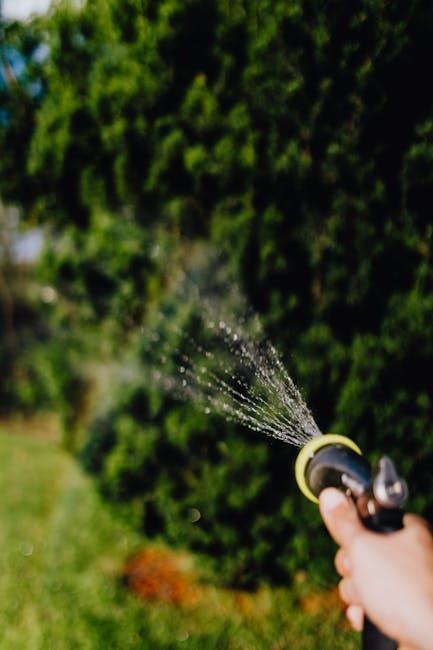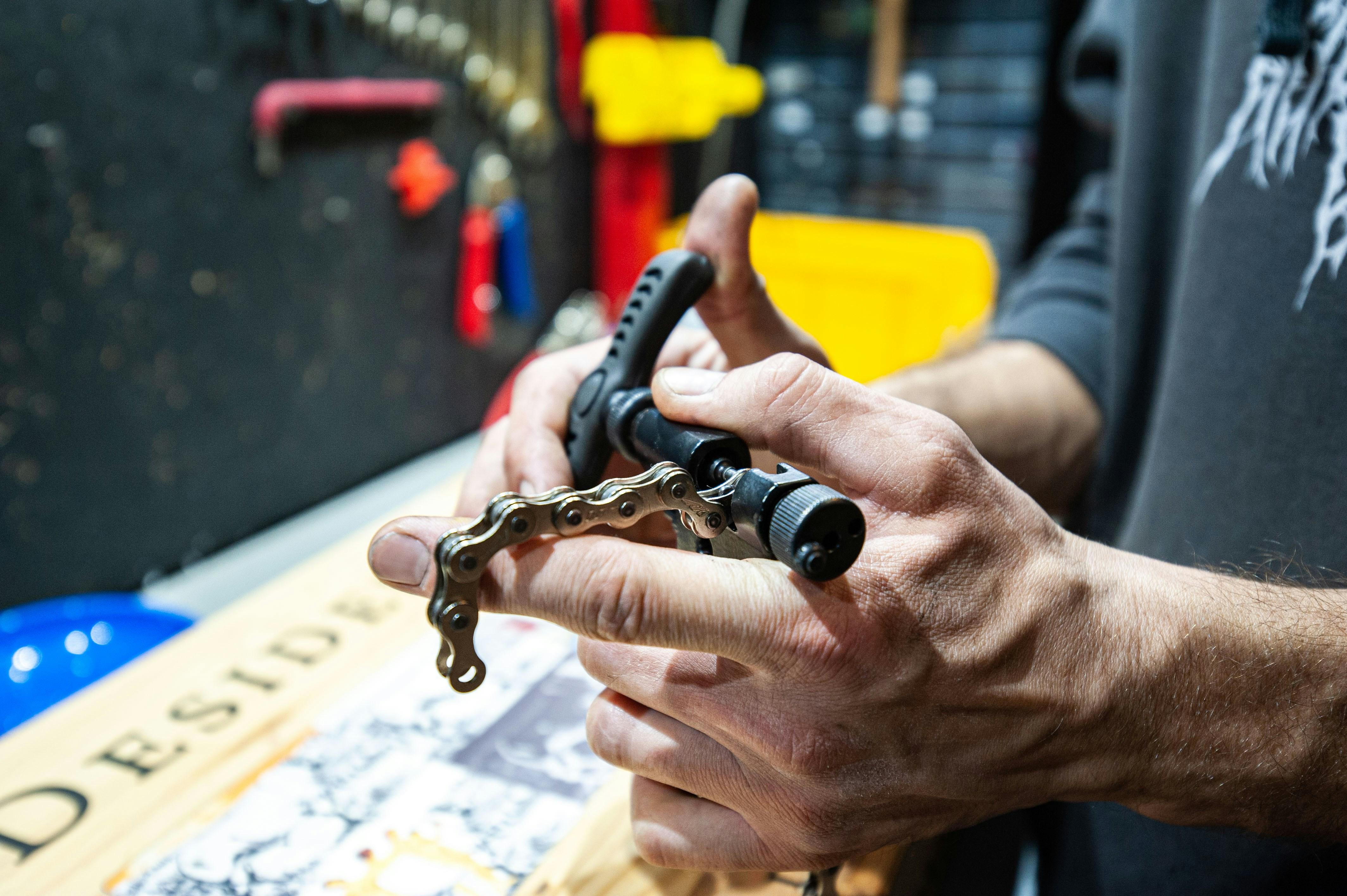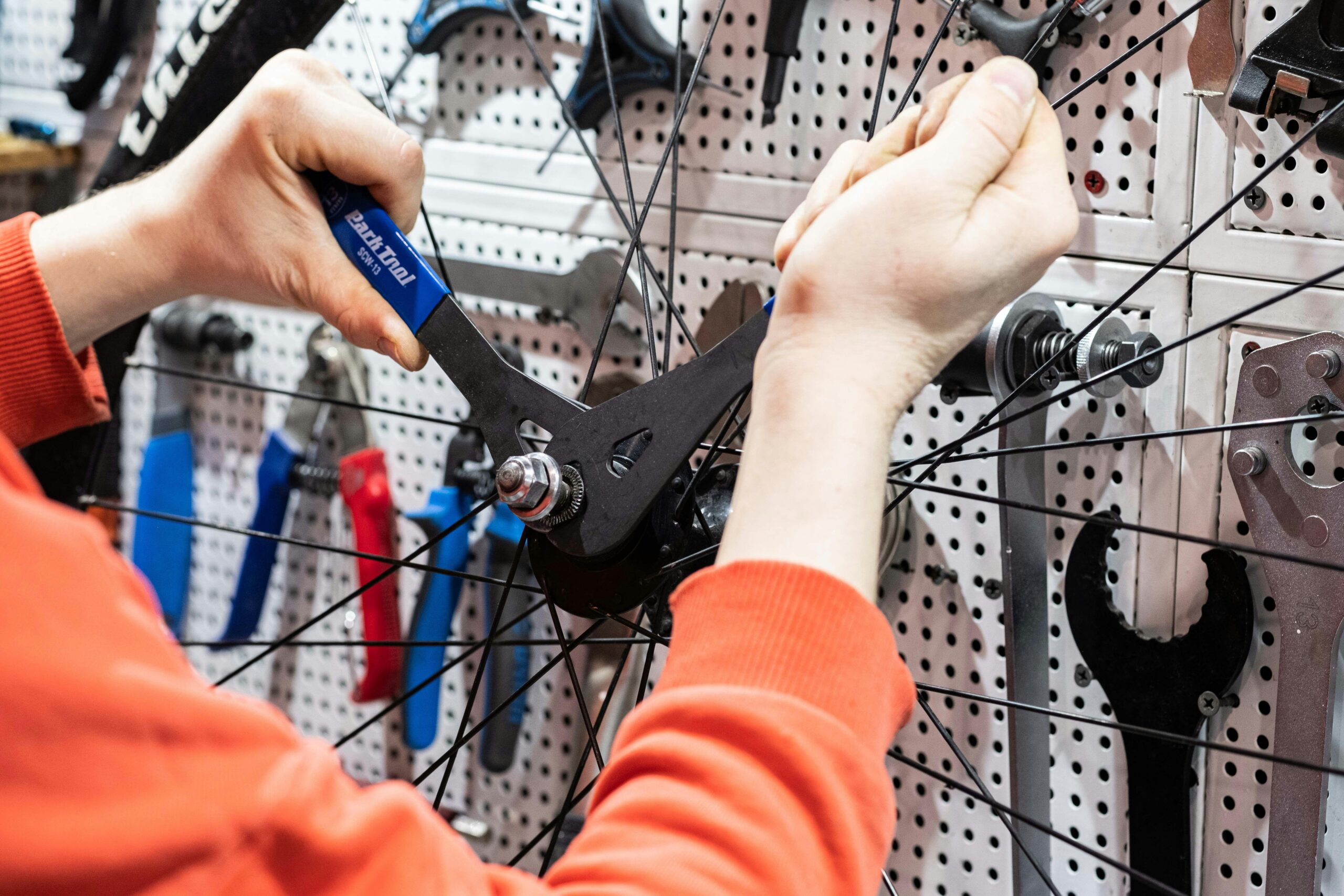As the seasons shift and the rhythms of nature change, so too do the needs of our home security. Locks-our silent guardians-weather the elements, from icy chills to summer’s heat, often without a second thought. Yet, like any crucial mechanism, they require regular care to remain strong and reliable. Enter the Seasonal Locksmith Maintenance Checklist: a simple, proactive guide to ensuring your locks continue to perform flawlessly year-round. Whether you’re a homeowner looking to protect your sanctuary or a property manager aiming to uphold safety standards, this checklist will help you navigate the essential steps to keep your locks in top shape through every season.
Table of Contents
- Seasonal Locksmith Maintenance Essentials for Every Home
- Inspecting and Caring for Exterior Locks in Changing Weather
- Lubrication Techniques to Ensure Smooth Lock Functionality
- Upgrading Security with Seasonal Lock Adjustments
- Professional Tips for Preventative Locksmith Care
- Q&A
- Wrapping Up

Seasonal Locksmith Maintenance Essentials for Every Home
Maintaining your lock systems throughout the year ensures both security and functionality. As the seasons change, so do the environmental conditions that can affect your locks. For instance, cold winters often bring moisture and freezing temperatures, which can cause locks to stick or freeze, while the humid summer months may encourage rust and corrosion. Regularly lubricating your locks with a graphite or silicone-based lubricant, rather than oil, helps keep internal components smooth and resilient. Additionally, inspect all doors and windows for signs of wear or misalignment caused by temperature fluctuations, making adjustments as needed to maintain proper locking action.
Simple, routine checks can prevent costly repairs and enhance the lifespan of your security fixtures. Here’s a quick reference table outlining seasonal tasks to optimize lock maintenance:
| Season | Maintenance Task | Recommended Action |
|---|---|---|
| Spring | Clear debris from locks | Use compressed air to blow out dirt and dust |
| Summer | Lubricate locks | Apply graphite or silicone lubricant |
| Autumn | Check weatherstripping | Replace worn strips to prevent moisture intrusion |
| Winter | De-ice locks | Use gentle heat or commercial de-icer products |

Inspecting and Caring for Exterior Locks in Changing Weather
When temperatures shift and storms roll in, your exterior locks face more than just daily use-they weather the harsh effects of rain, snow, and fluctuating humidity. Begin by giving each lock a thorough inspection. Check for signs of rust, dirt buildup, or corrosion that can hinder smooth functionality. Pay close attention to locks exposed to direct elements, as debris can accumulate inside the keyway, causing jamming or difficulty in turning the key. Regular cleaning with a mild lubricant spray designed for locks keeps mechanisms silky smooth without attracting dust or grime.
Pro tip: Creating a simple maintenance routine ensures your locks stand strong throughout the year:
- Wipe down lock surfaces with a damp cloth weekly to remove accumulated grit
- Apply graphite lubricant quarterly to internal components instead of oil-based lubricants that trap particles
- Inspect adjoining weatherstripping to prevent moisture from seeping into lock housings
| Season | Lock Care Tip |
|---|---|
| Winter | Use de-icer sprays before frozen locks freeze shut |
| Spring | Deep clean and lubricant reapplication after thaw |
| Summer | Shade locks to prevent warping from extreme heat |
| Fall | Inspect seals and tighten loose fasteners before rains |

Lubrication Techniques to Ensure Smooth Lock Functionality
Keeping your locks well-lubricated is essential to prevent jamming and wear, ensuring they operate seamlessly through every season. Opt for graphite powder or a high-quality silicone spray instead of oil-based lubricants, as these resist dirt buildup and won’t attract dust. Apply sparingly into the keyhole and moving parts, then work the key gently to distribute the lubricant evenly. This simple practice can significantly extend the lifespan of your locks while maintaining smooth functionality.
For an effective lubrication routine, consider these expert tips:
- Clean locks before lubrication to remove dust and debris.
- Avoid WD-40 as a long-term lubricant; it’s better suited for cleaning.
- Lubricate: at least twice a year or when locks become stiff.
- Test keys after application to ensure smooth insertion and removal.
| Lubricant Type | Recommended Use | Seasonal Suitability |
|---|---|---|
| Graphite Powder | Keyholes, internal locking mechanism | All seasons, best in cold weather |
| Silicone Spray | External parts, hinges | Ideal for humid and wet seasons |

Upgrading Security with Seasonal Lock Adjustments
As temperatures fluctuate throughout the year, so do the conditions that your locks endure. Cold weather can cause metal components to contract and become brittle, while heat and humidity may lead to expansion and corrosion. By routinely adjusting your locks to accommodate these changes, you ensure smooth operation and reduce the risk of malfunction or break-ins. Pay special attention to the alignment of your lock bolts and the tightness of screws, as these elements play a crucial role in maintaining security integrity.
Consider incorporating the following seasonal adjustments into your maintenance routine to keep your locks in prime condition:
- Winter: Lubricate locks with graphite-based solutions to prevent freezing and stiffness.
- Spring: Inspect for rust or debris buildup caused by melting snow or rain.
- Summer: Tighten loose screws that may have expanded due to heat exposure.
- Fall: Calibrate deadbolts to guarantee proper fit before cold sets in.
| Season | Adjustment Focus | Recommended Action |
|---|---|---|
| Winter | Lock lubrication | Apply graphite lubricant |
| Spring | Rust inspection | Clean and remove debris |
| Summer | Hardware tightening | Secure screws and bolts |
| Fall | Lock calibration | Adjust deadbolt alignment |

Professional Tips for Preventative Locksmith Care
Regular inspection of your locks is an essential habit for ensuring long-term security and functionality. Check for common issues such as loose screws, worn keyways, or rust buildup that can compromise your lock’s performance. Taking a moment to tighten hardware and lubricate moving parts with graphite or silicone spray prevents jamming and prolongs the lifespan of your locks. Don’t overlook weather-stripping around doors as it can shield locks from moisture and dirt, both of which accelerate wear and tear.
Developing a seasonal maintenance routine can help you stay ahead of potential lock failures. Consider these smart practices:
- Test all exterior and interior locks every three months
- Rotate key types to avoid uneven wear
- Replace batteries in electronic locks or smart security systems before winter
- Keep a backup key stored in a secure, accessible location
| Season | Key Maintenance Task | Recommended Product |
|---|---|---|
| Spring | Lubricate all keyholes and hinges | Graphite powder |
| Summer | Check battery levels in smart locks | CR123A & AA batteries |
| Fall | Inspect and tighten screws | Phillips screwdriver |
| Winter | Protect external locks from freezing | Weatherproof lock covers |
Q&A
Q&A: Seasonal Locksmith Maintenance Checklist
Q1: Why is seasonal locksmith maintenance important?
A1: Just like your home or car, your locks and security systems need regular checkups to ensure they function properly. Seasonal maintenance helps prevent unexpected lockouts, boosts security, and extends the lifespan of your locking mechanisms.
Q2: What are the key tasks to include in a seasonal locksmith maintenance checklist?
A2: Essential tasks include inspecting all locks and keys, lubricating lock cylinders, checking the alignment of door frames and strike plates, testing electronic locks and batteries, and ensuring emergency exit hardware operates smoothly.
Q3: How often should I perform locksmith maintenance?
A3: Ideally, perform basic maintenance at least once every season-spring, summer, fall, and winter. Environmental changes, like humidity or temperature shifts, can affect lock performance, so seasonal checkups help catch issues early.
Q4: Can I do locksmith maintenance myself, or should I hire a professional?
A4: Many simple tasks, like cleaning locks and applying lubricant, can be done DIY with the right tools. However, for complex issues, electronic locks, or security assessments, it’s best to hire a professional locksmith to ensure safety and proper function.
Q5: What type of lubricant is best for locks?
A5: Use a graphite-based or dry lubricant designed specifically for locks. Avoid oil-based lubricants like WD-40, which can attract dirt and gum up the mechanism over time.
Q6: How do seasonal weather changes impact locks?
A6: Temperature fluctuations can cause metal components to expand or contract, leading to sticky locks or misalignments. Moisture and frost can cause corrosion or freezing issues. Seasonal maintenance addresses these weather-related challenges.
Q7: Are electronic locks more prone to seasonal issues?
A7: Electronic locks depend on batteries and sensitive components that can be affected by extreme temperatures and moisture. Seasonal checks ensure batteries are working, software is updated, and circuits remain dry and functional.
Q8: What signs indicate my locks need immediate professional attention?
A8: Difficulty turning keys, visible rust or damage, keys getting stuck or breaking, malfunctioning electronic locks, or door misalignment are red flags. Prompt professional service can prevent lock failure or security breaches.
Q9: Does seasonal locksmith maintenance improve overall home security?
A9: Absolutely. Regular upkeep ensures all locks operate smoothly and effectively, eliminates vulnerabilities caused by wear or damage, and gives homeowners peace of mind knowing their security is intact year-round.
Q10: What additional security tips complement the seasonal locksmith checklist?
A10: Alongside maintenance, consider upgrading old locks, reinforcing doors and frames, installing security cameras, and regularly updating access codes for electronic systems. Seasonally reviewing your home’s security strategy keeps it robust and current.
Wrapping Up
As the seasons shift and nature’s rhythms change, so too should our approach to locksmith maintenance. By following a thoughtful seasonal checklist, you ensure your locks stay reliable, secure, and ready to face whatever weather or wear comes their way. A little proactive care today can save you from unexpected troubles tomorrow-because when it comes to safety, timing truly is everything. Keep your locks in tune with the seasons, and enjoy peace of mind all year round.





